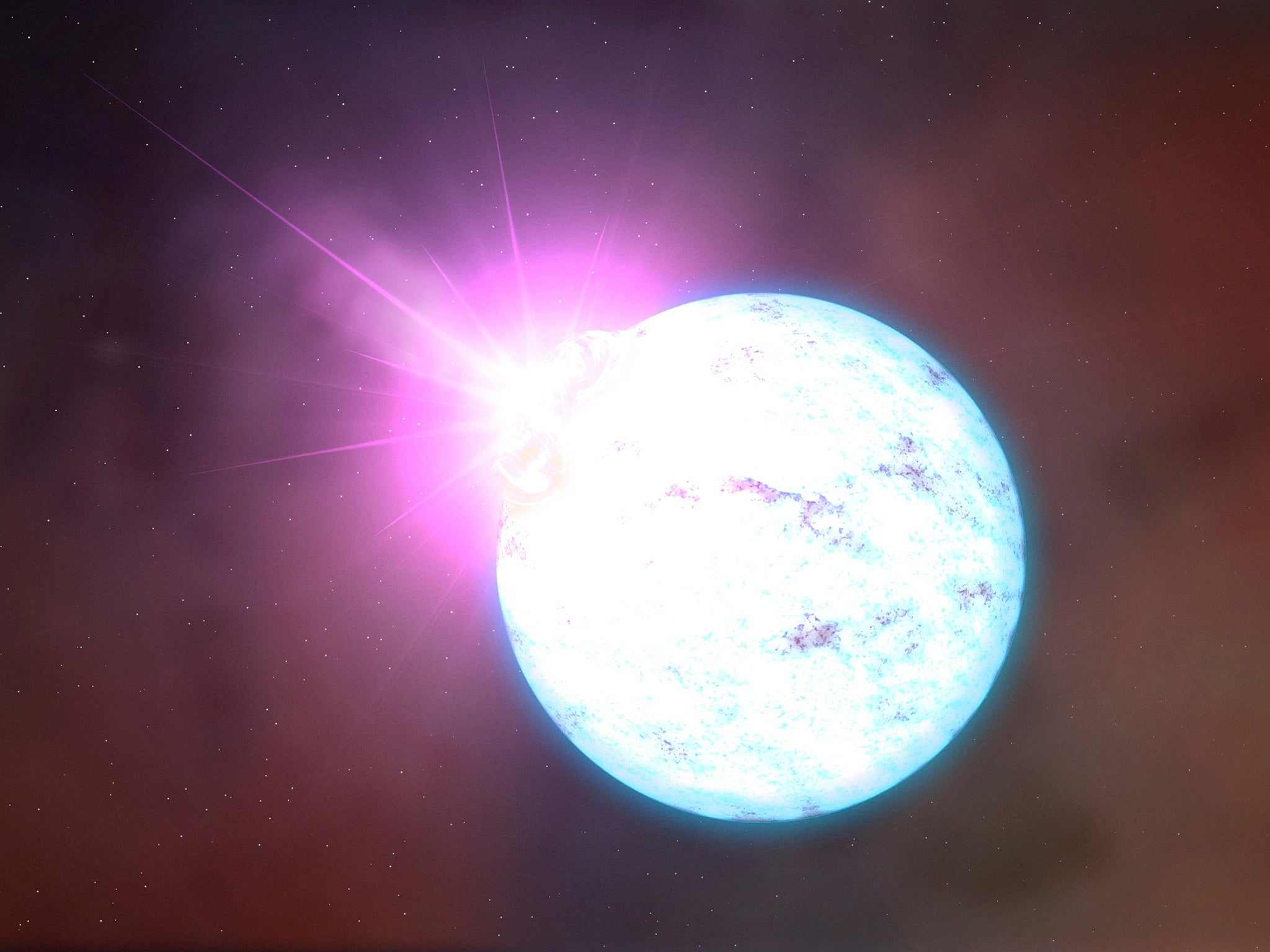Gravitational waves: Scientists release 'chirp' sound of 'ripples in the fabric of spacetime' flying past us
The sound is far too quick to hear — but a slowed down version of the all-important bleep has been released

Your support helps us to tell the story
From reproductive rights to climate change to Big Tech, The Independent is on the ground when the story is developing. Whether it's investigating the financials of Elon Musk's pro-Trump PAC or producing our latest documentary, 'The A Word', which shines a light on the American women fighting for reproductive rights, we know how important it is to parse out the facts from the messaging.
At such a critical moment in US history, we need reporters on the ground. Your donation allows us to keep sending journalists to speak to both sides of the story.
The Independent is trusted by Americans across the entire political spectrum. And unlike many other quality news outlets, we choose not to lock Americans out of our reporting and analysis with paywalls. We believe quality journalism should be available to everyone, paid for by those who can afford it.
Your support makes all the difference.Scientists have released what is perhaps the most important sound heard this century.
A new recording captures the moment a gravitational wave flew past Earth, proving long-held theories and potentially giving insights into the very deepest parts of the universe.
Gravitational waves spew out from places like black holes and dying stars. Eventually they might allow us to look into those same strange parts of the universe, giving us clues about how it began.
The particular sound heard this time around emerged millions of years ago when two black holes careered into one another.
Einstein predicted the sound almost exactly a century ago. And scientists have spent decades proving that it exists, and searching for it.
The sound and the wave was captured by the Ligo project, which uses super-sensitive detectors to look for tiny movements that indicate that the waves are passing through.
Join our commenting forum
Join thought-provoking conversations, follow other Independent readers and see their replies
Comments